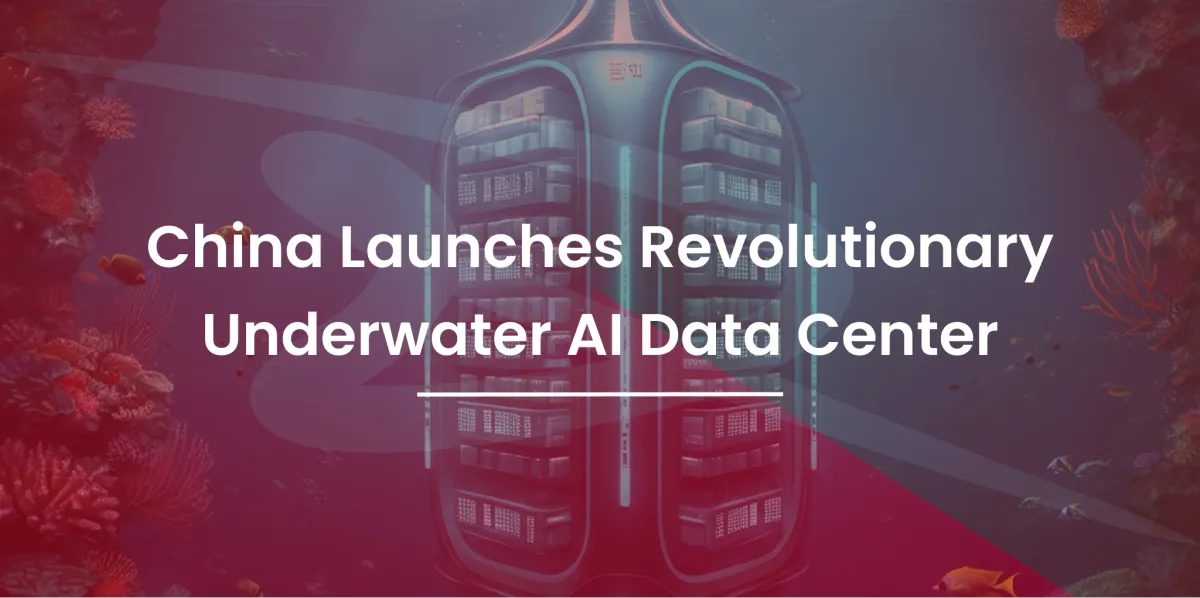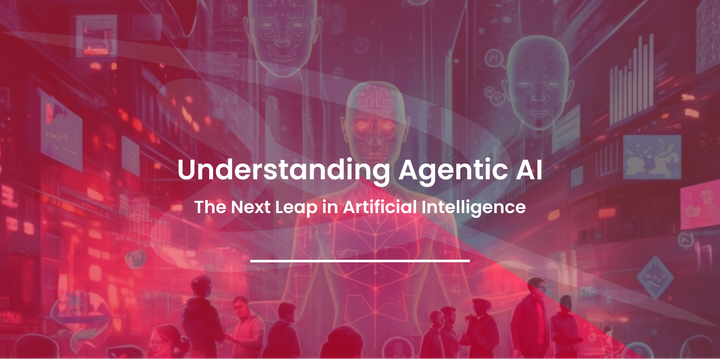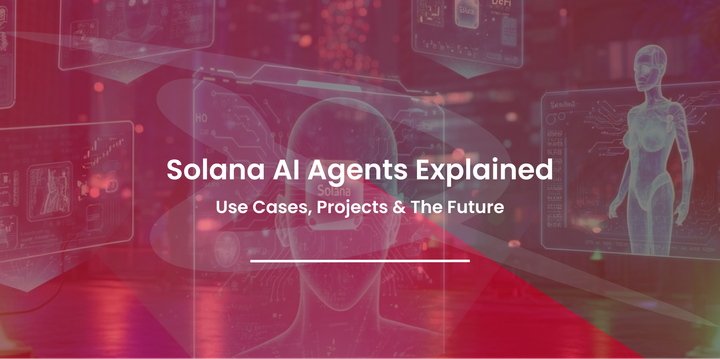China Launches Revolutionary Underwater AI Data Center
This blog explores why underwater data centers are a game-changer, the cutting-edge technology powering the Hainan project, the diverse benefits of this initiative, and its implications for AI research and oceanography.

China has unveiled a groundbreaking deep-sea artificial intelligence (AI) data center off the coast of Hainan Province. Combining advanced technology with sustainable energy solutions, this facility marks a new chapter in data handling and AI development. Built with the power equivalent to 30,000 high-end gaming PCs, this innovative endeavor has the potential to redefine data processing and set new benchmarks in the tech and environmental sectors.
This blog explores why underwater data centers are a game-changer, the cutting-edge technology powering the Hainan project, the diverse benefits of this initiative, and its implications for AI research and oceanography.
The Need for Underwater Data Centers

The push for underwater data centers stems from three major challenges facing modern technology, resource management, and the environment.
- Surging Data Demand: With the exponential growth of AI, cloud computing, and IoT applications, data centers worldwide are struggling to meet increasing computational demands. By leveraging underwater facilities, these challenges can be met with innovative solutions.
- High Cooling Costs: Traditional land-based data centers require intensive cooling systems that consume vast amounts of energy. An underwater solution naturally cools hardware using seawater, drastically reducing energy consumption.
- Environmental Impact: With the spotlight on sustainability, underwater data centers offer a greener alternative. Natural cooling, minimized land use, and integration with renewable energy make them an eco-friendly solution.
- Scalability: The ocean covers much of the earth's surface, providing an almost unlimited amount of space to expand and scale underwater data centers. This makes them ideal for handling increasing demands for data storage and processing.
- Connectivity: Underwater data centers can be placed closer to major coastal cities and population centers, improving connectivity and reducing latency for users. They can also act as a backup in case of natural disasters or disruptions on land.
- Reduced Maintenance Costs: With less exposure to environmental elements like dust and humidity, underwater data centers require less maintenance compared to traditional land-based ones. Additionally, they are designed with modular components that can be easily
Microsoft's earlier venture, Project Natick, proved that undersea data centers could operate with greater efficiency and reliability. China has now taken the lead to push this frontier further with a commercially scalable model.
The Technology Behind the Deep-Sea AI Hub

China's underwater AI data center integrates cutting-edge computing and deep-sea engineering. Key technological highlights include:
- High-Performance Servers: Housing over 400 high-performance servers, the facility can process as much data in one second as standard computers can handle in one year.
- DeepSeek AI Model: The center is powered by DeepSeek technology, enabling 7,000 simultaneous intelligent interactions and high-precision computations for AI model training.
- Energy-Efficient Cooling: Seawater is used as a fully natural coolant, reducing cooling-related energy consumption by over 30% compared to traditional data centers.
- Pressure-Resistant Design: Designed to operate 35 meters below sea level, the center’s hardware is placed in pressure-regulated vessels to survive the harsh underwater environment.
- Sustainable Power Supply: The facility is connected to renewable offshore wind energy sources, ensuring a low carbon footprint.
- Reduced Risk of Natural Disasters: Being located underwater, the data center is less vulnerable to natural disasters such as earthquakes and hurricanes.
- Increased Data Security: The data center’s physical location provides a layer of security against cyber attacks, making it more difficult for hackers to access sensitive information.
- Eco-Friendly Operations: With its use of renewable energy sources and reduction in carbon footprint, this underwater data center contributes to a more sustainable future. It sets an example for other industries to follow in reducing their impact on the environment.
- Innovative Technology: The design and construction of this underwater data center showcases technological advancements that can potentially revolutionize the way
This innovation reflects China's ambition to advance AI capabilities while setting global standards for energy-efficient technology.
Benefits of China’s Underwater Data Center

Environmental Benefits
- Lower Carbon Footprint: By utilizing natural seawater for cooling, the facility achieves a power usage effectiveness (PUE) of an impressive 1.1, far surpassing the industry standard of 1.4 for green data centers.
- Resource Conservation: The underwater center saves 105,000 tons of freshwater annually and eliminates the need for significant land use.
- Renewable Energy Integration: Coupling with offshore wind farms ensures that operations remain eco-friendly without relying heavily on fossil fuels.
- Improved Disaster Resilience: Being located deep underwater, the data center is protected from natural disasters such as hurricanes, tsunamis, and earthquakes. Additionally, it has a redundant power and cooling system to ensure uninterrupted operations even during extreme weather events.
In addition to these benefits, the concept of underwater data centers also offers potential economic advantages.
Economic Advantages
- Cost Efficiency: Reduced cooling costs and increased efficiency bring substantial savings, making it a competitive alternative for businesses.
- Global AI Competitiveness: Enhanced computational power strengthens China’s position in the global AI landscape.
- Commercial Viability: With 10 companies already signed on for advanced tasks like AI training and industrial simulations, the underwater hub highlights the potential profitability of such ventures.
- Environmental Benefits: Without the need for air conditioning, underwater data centers can reduce energy consumption and carbon footprint while increasing the use of renewable energy sources like tidal and wave power.
- Minimizing Human Disruption: Data centers located in populated areas often face opposition due to concerns about noise pollution, traffic congestion, and environmental impact. By moving data centers offshore or underwater, these disruptions can be minimized.
Enhanced Security and Reliability
- Stable Environment: The deep-sea location eliminates threats from dust and oxygen corrosion, ensuring reliable performance.
- Safe from Human Interference: Being underwater reduces risks associated with physical tampering or accidental damage.
- Natural Cooling: Water has a higher heat capacity than air, providing natural cooling without the need for energy-intensive cooling systems.
- Reduced Risk of Natural Disasters: Underwater data centers are less vulnerable to natural disasters such as earthquakes and hurricanes, providing greater resilience against potential disruptions.
- Protection from Cyber Attacks: Moving data centers offshore or underwater can also help protect against cyber attacks by physically isolating them from potential threats on land.
- Increased Privacy: The remote location of underwater data centers ensures increased privacy and security for sensitive data compared to traditional land-based data centers.
Implications for AI and Ocean Research

The launch of the underwater data center has significant implications for both AI development and marine science.
AI Research and Innovation
- Accelerated AI Training: With unparalleled computational capabilities, researchers can train complex AI models more efficiently, driving rapid innovation.
- Widened Applications: Enterprises can use the center for diverse applications, from game development to industrial simulations, scaling AI adoption at unprecedented rates.
- Infrastructure Inspiration: Other nations and companies may soon follow suit, initiating their underwater data hubs to enhance their AI infrastructure.
Oceanography Research
- Data for Marine Studies: The proximity to marine environments can aid in gathering oceanographic data for climate studies and ecosystem monitoring.
- Renewable Energy Partnerships: Collaboration between ocean researchers and data engineers could refine technologies like tidal power integration.
Actionable FAQs
How does the deep-sea location help improve efficiency?
Seawater acts as a natural and efficient coolant, drastically cutting cooling costs. The stable deep-sea environment also ensures sustained performance with minimal maintenance.
What industries can benefit from underwater data centers?
Industries like AI research, marine biology, energy, gaming, and industrial manufacturing can leverage the high computation power these facilities offer.
How does this initiative set a precedent for sustainability?
By minimizing energy consumption, land use, and resource wastage, this venture combines technological advancement with environmental responsibility, paving the way for sustainable data handling worldwide.
Will underwater data centers become the future norm?
Though still a niche concept, the growing demand for higher efficiency and lower environmental impact suggests a strong potential for mass adoption.
Forging the Future of Data Centers
China’s underwater AI data center is not just a technological achievement but a statement of intent to lead in sustainable innovation and computational advancement. Its eco-friendly design and unmatched computational prowess have redefined what a data center can achieve.
For those who work in AI, tech, or oceanography, this development opens doors to new possibilities while simultaneously addressing urgent global challenges like climate change and resource scarcity.
Undoubtedly, the success of this initiative will serve as a blueprint for the next generation of data centers, inspiring similar ventures across the globe.




Comments ()